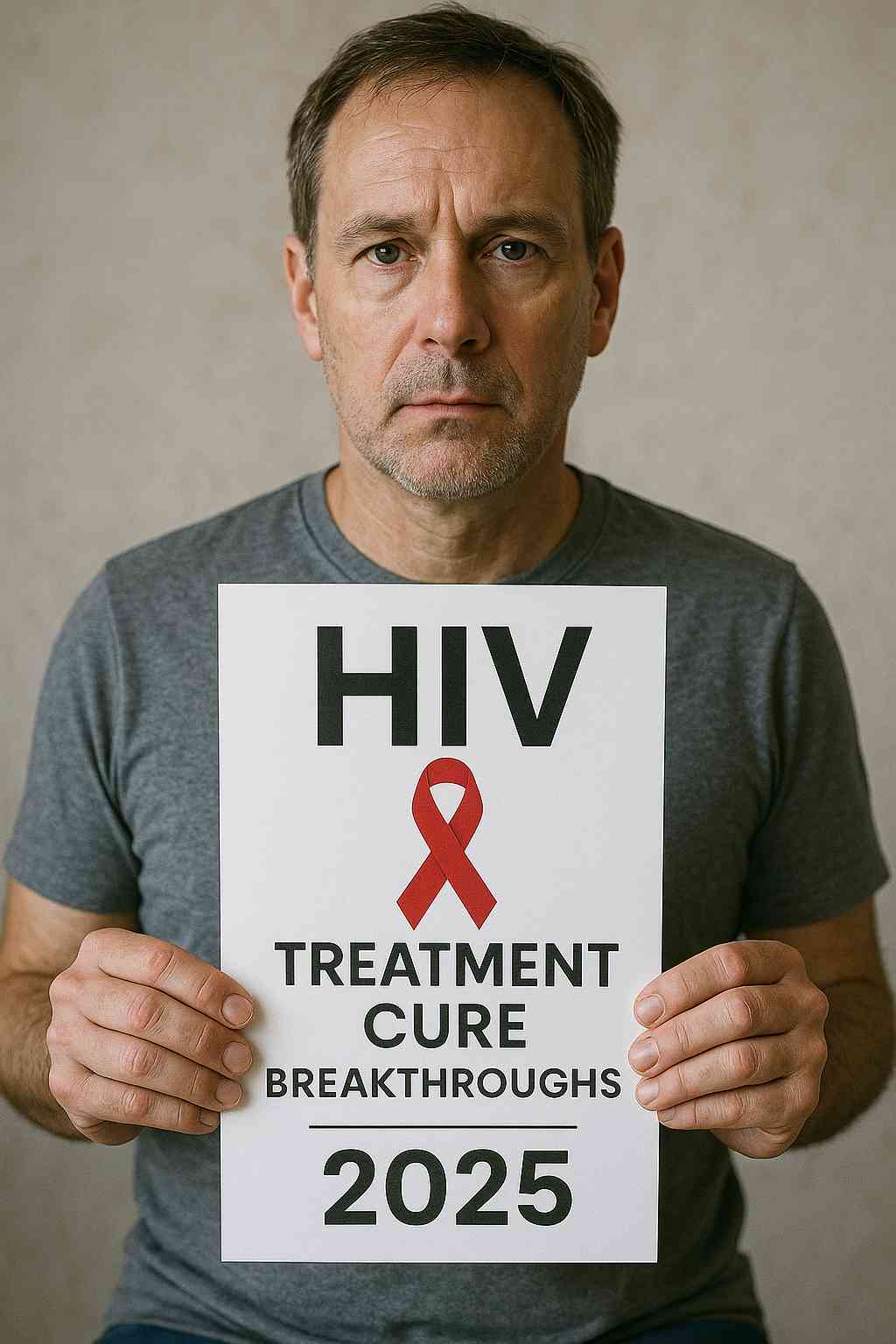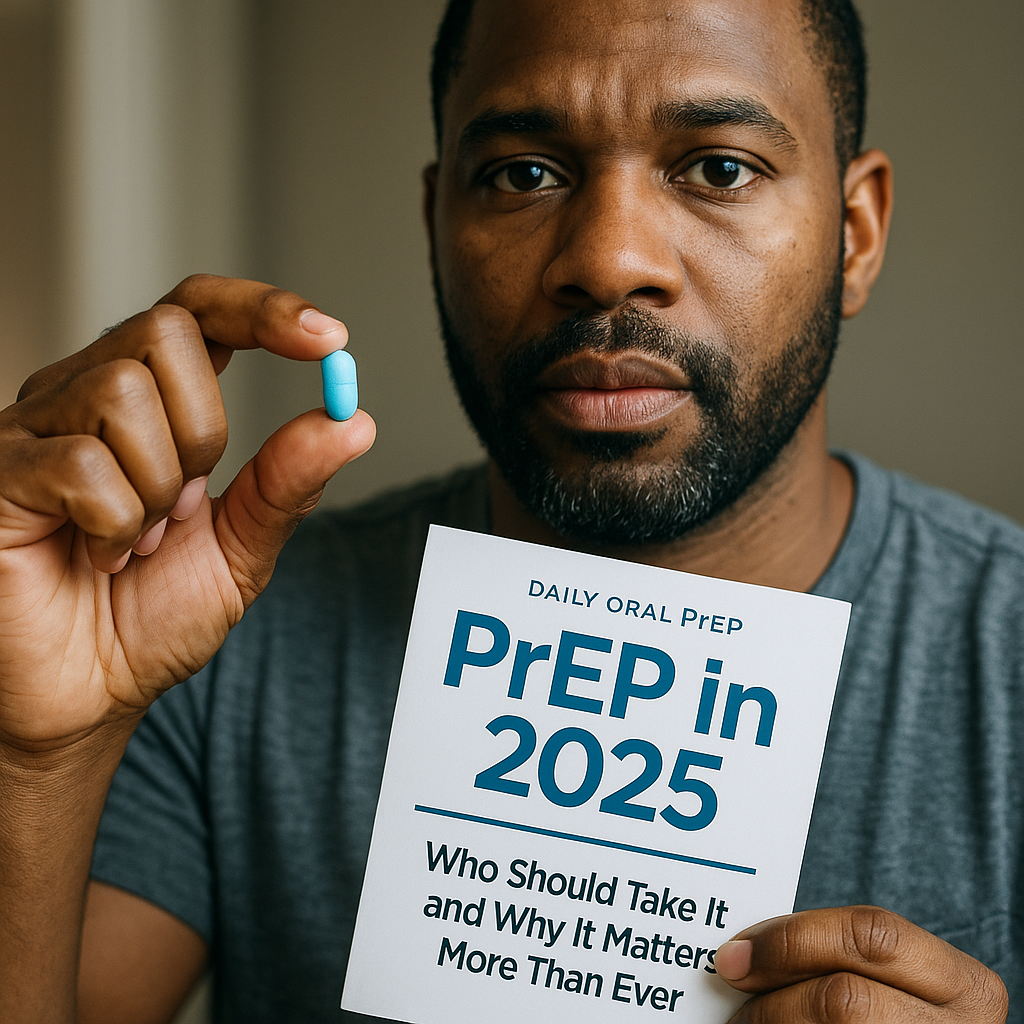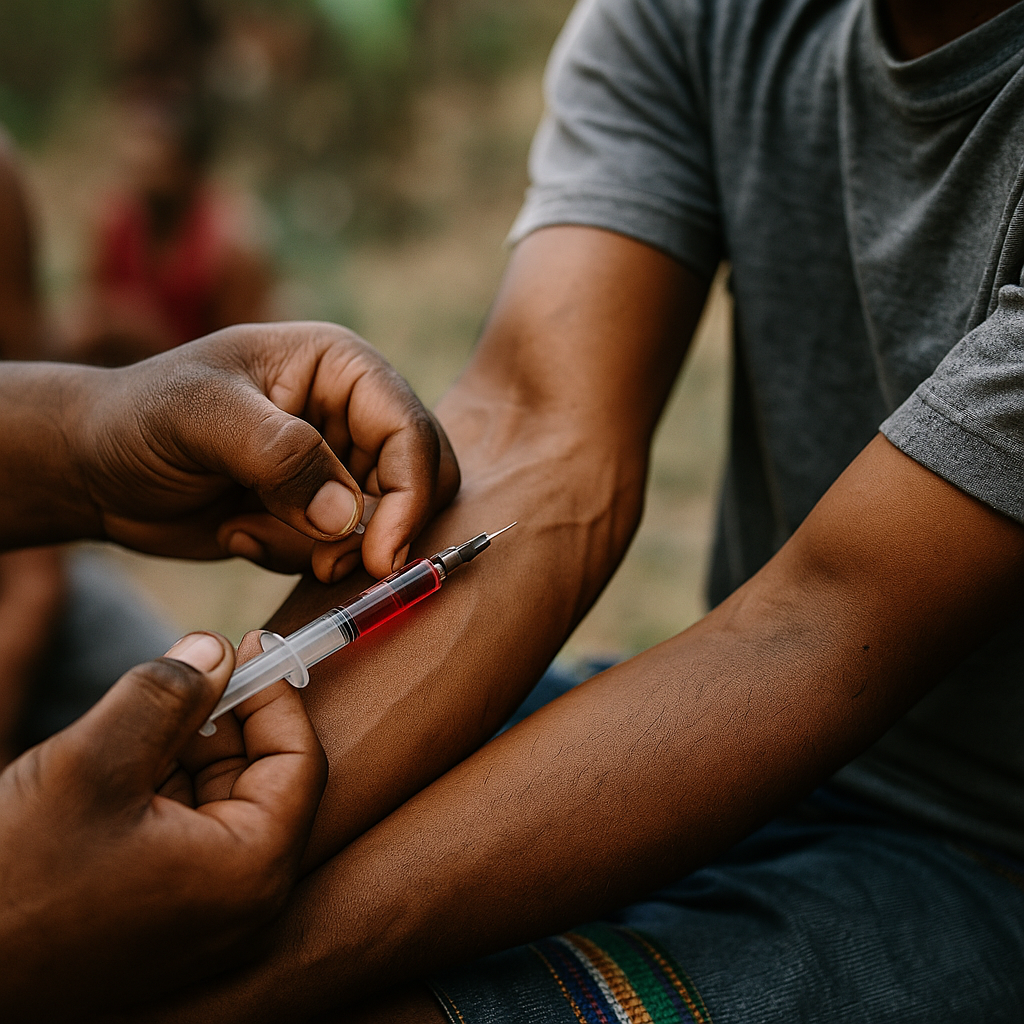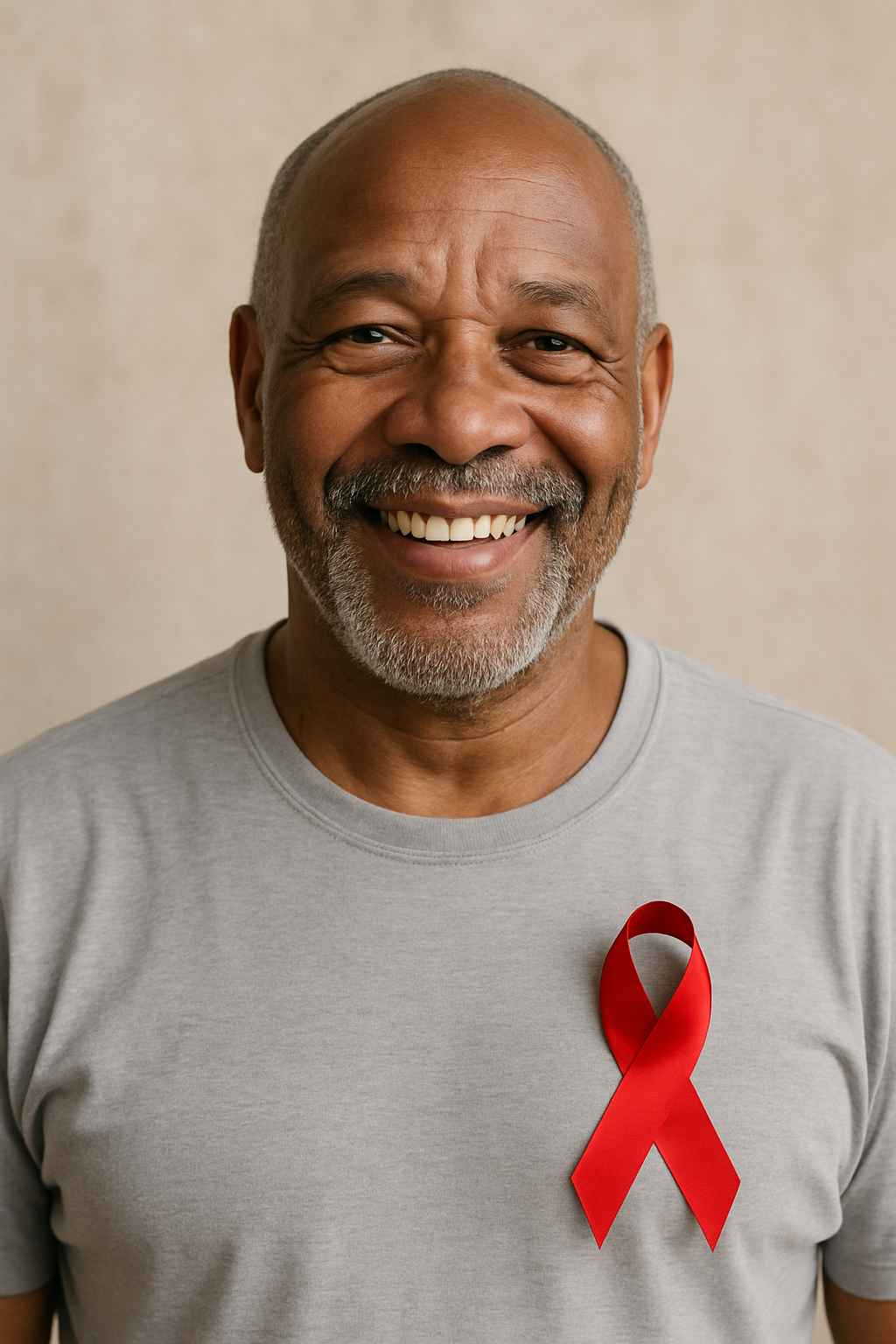Introduction
In 2025, HIV 2025 new treatments are offering hope like never before. From twice‑yearly injectables to targeted gene techniques, medical science is transforming how we treat and prevent HIV. Is a cure finally within reach? This article explores the most promising strides, breakthrough research, and what this means for people living with HIV today.
Table of Contents
– Long‑acting prevention and treatment
– Personalized and precision medicine
– Gene editing, mRNA and cure research
– Access, equity and global concerns
– FAQ
Long‑Acting HIV Prevention & Treatment
One of the most impactful HIV 2025 new developments is lenacapavir (Sunlenca for treatment; Yeztugo for prevention). Approved by the U.S. FDA in June 2025, Yeztugo provides 99.9% protection when used as injectable pre‑exposure prophylaxis, administered twice per year.
Regulatory bodies in the EU, U.S., Canada, and beyond have endorsed its use for people at risk as well as those with multi‑drug resistant HIV. Given its ease of use and discreteness, this injectable is reducing stigma and improving adherence especially in underserved populations.
Personalized / Precision HIV Care
Personalized HIV 2025 new care strategies are emerging. Pharmacogenomic testing now helps clinicians tailor antiretroviral regimens based on individual genetic profiles, reducing side effects and improving outcomes.
Meanwhile, AI‑driven health apps are helping monitor adherence, predict risk, and guide early interventions—all part of a shift toward smarter, more tailored HIV management approaches.
Innovations Toward an HIV Cure
Breakthroughs toward eliminating HIV reservoirs and achieving long‑term remission are rapidly advancing:
- Researchers at Johns Hopkins are amplifying a viral molecule (AST) to force long‑term HIV dormancy, potentially locking the virus in a non‑replicating state.
- The Peter Doherty Institute in Melbourne developed LNP X, a novel lipid nanoparticle that delivers mRNA into hidden white‑blood‑cell reservoirs, instructing the virus to reveal itself so that therapeutic agents can eliminate infected cells—a milestone considered “previously impossible”.
- Pediatric studies in South Africa revealed that a subset of children who began ART soon after birth entered remission off therapy, inspiring trials on therapeutic vaccines, broadly neutralizing antibodies (bNAbs), and gene therapies designed to replicate or amplify this control.
- CRISPR‑based gene editing is being tested (e.g., EBT‑101 by Excision BioTherapeutics) to remove HIV DNA from infected cells. Early trials show safety but have yet to demonstrate durable suppression in humans.
- Immunoinformatics, RNA regulation, and peptide‑based vaccine designs are also under investigation to target latent HIV reservoirs more precisely.
Access and Equity Challenges
Despite scientific progress, global access remains uneven. Funding setbacks disrupted vaccine trials in South Africa, threatening broader HIV research capacity and hindering progress across the continent. Similarly, health advocates express concern over affordability and fair distribution of new drugs like lenacapavir in low‑income countries.
Advocacy continues to focus on expanding access, addressing stigma, updating laws, and ensuring treatment equity as innovations roll out.
Conclusion
HIV 2025 new breakthroughs are not just promising—they’re reshaping what’s possible. From twice‑yearly preventive shots to cutting‑edge gene and mRNA strategies seeking a functional cure, the field is moving fast. Equally important is the push to make these advancements globally accessible. With coordinated action, education, and equity, a world without HIV is moving from aspiration toward reality.
Frequently Asked Questions
What is lenacapavir and how does it work?
Lenacapavir is a long‑acting capsid inhibitor used both as treatment (Sunlenca) and prevention (Yeztugo). Injected twice a year, it disrupts HIV’s capsid assembly and provides 99.9% efficacy in preventing infection.
Are these cure research strategies available now?
They remain experimental. Most are in early clinical or preclinical stages—these approaches will require further testing before becoming widely available to patients.
How close are we to an actual HIV cure?
While the goals are within sight, achieving a widely accessible cure will still take years. Current breakthroughs offer the potential for remission or functional cures rather than full eradication in large populations.
Can children with HIV be cured?
A small group of South African children who began ART very early has entered long-term remission off therapy. Researchers hope to expand these findings through immune-based therapies and gene strategies.
Will everyone get access to new treatments?
Not automatically. High costs, regulatory delays, and healthcare infrastructure gaps remain barriers. Global advocacy and pricing strategies are critical to ensure equitable access.
This content is not medical advice. For any health issues, always consult a healthcare professional. In an emergency, call 911 or your local emergency services.




